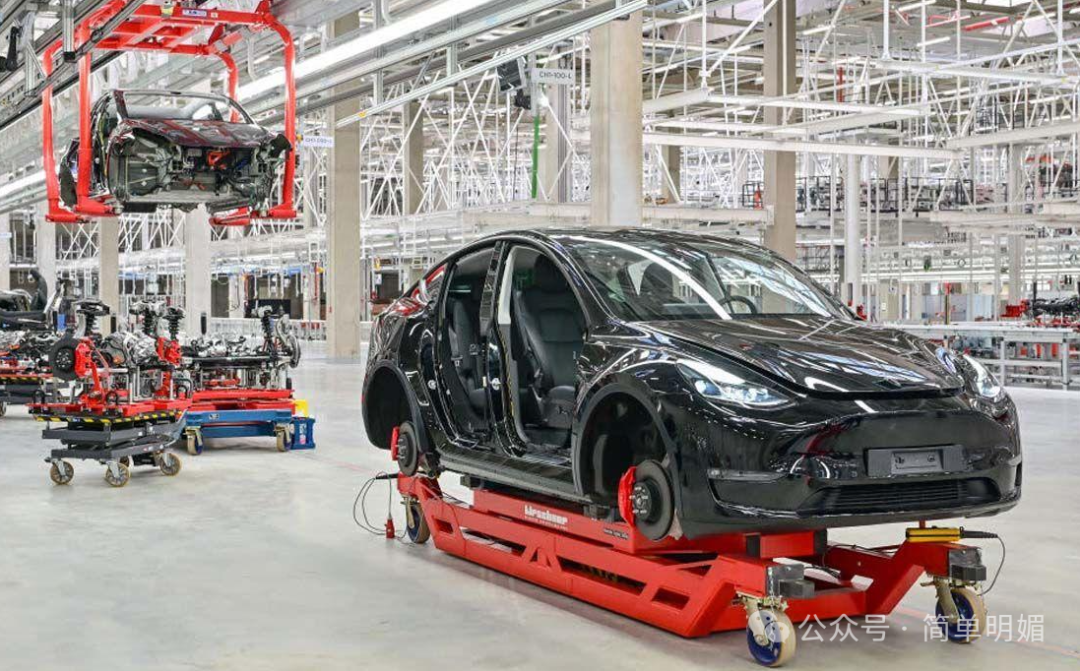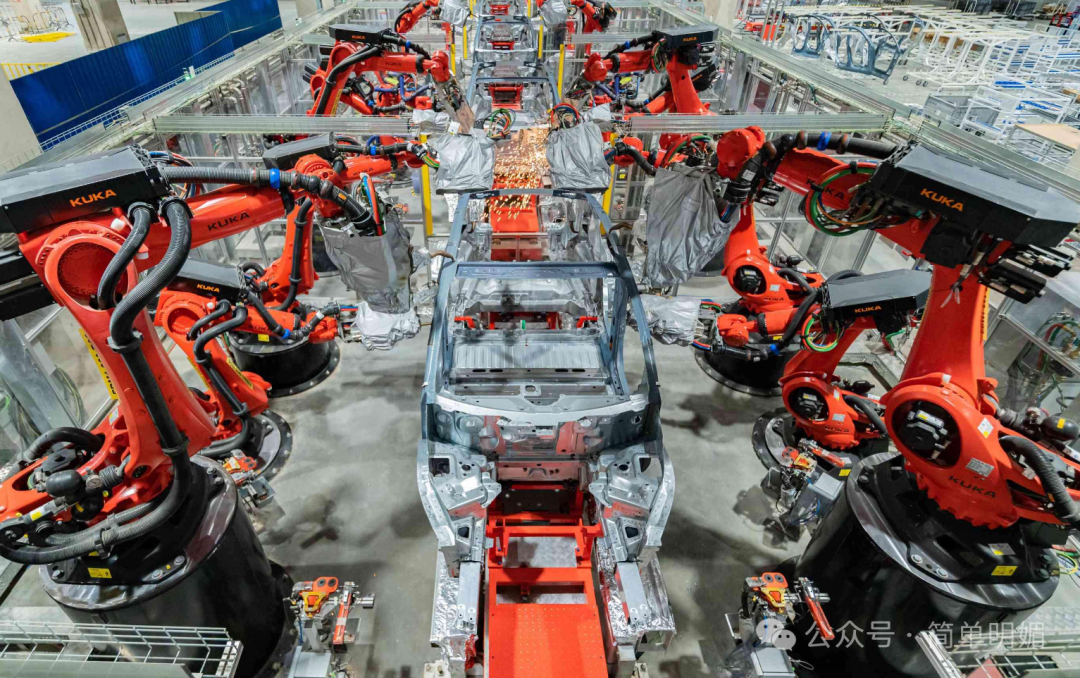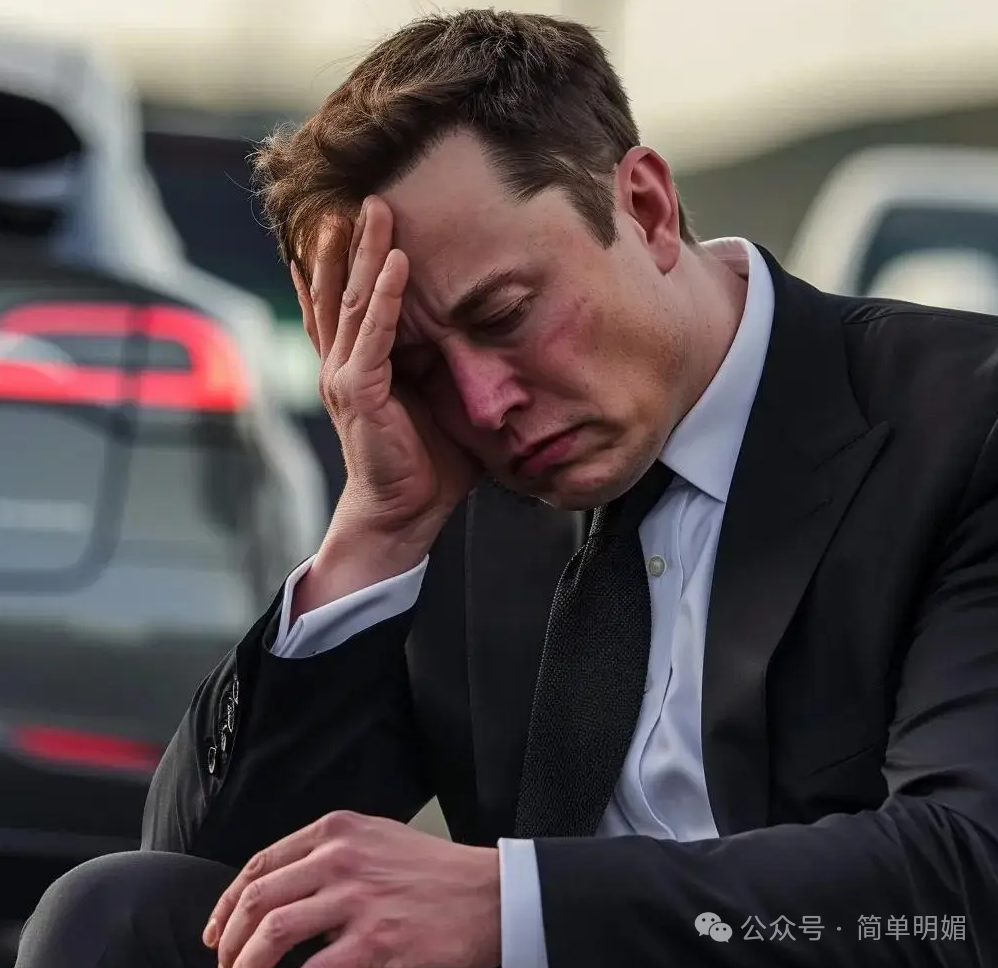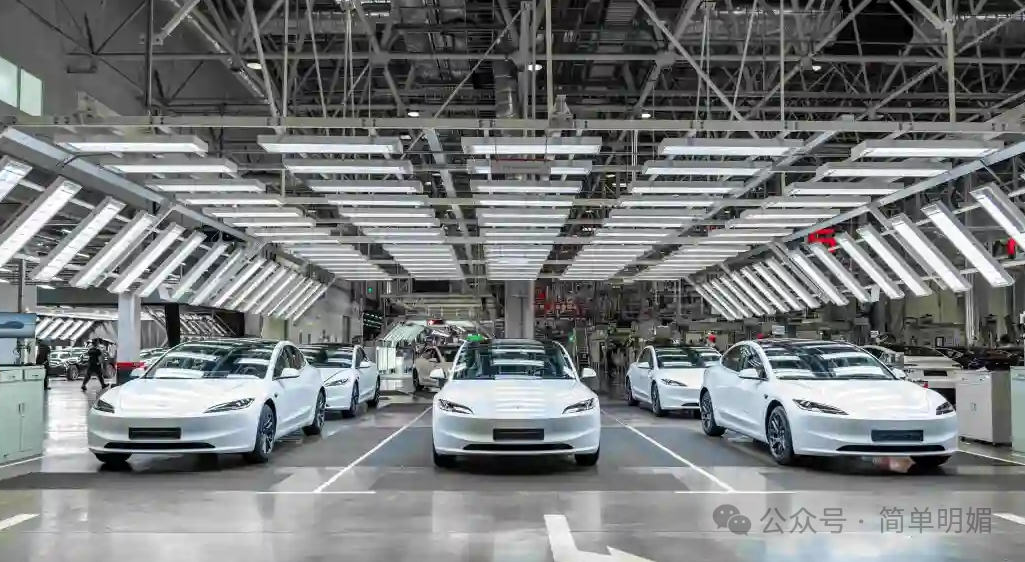
Tesla’s Growth and Decline
Since entering the Chinese market, Tesla has seen remarkable growth. In 2014, the Model S gained significant popularity among consumers, leading to robust sales and a strong presence in the luxury electric vehicle (EV) market. Tesla’s production in Shanghai further enhanced its competitiveness in the price-sensitive Chinese market.
However, the company’s fortunes took a sharp downturn in 2020. Factors such as increased competition from local EV manufacturers, regulatory challenges, and supply chain disruptions significantly impacted Tesla’s market share and profitability.

Market Response and Strategy Adaptation
In response to the evolving competitive landscape, Tesla has adapted its strategies, focusing on localization and enhancing its supply chain. This includes increasing collaborations with local suppliers and investing in technology to improve production efficiency. These moves have been aimed at regaining consumer trust and stabilizing its brand image.
Moreover, the company’s efforts to innovate, such as introducing new models tailored for the Chinese market, reflect its commitment to retaining its position as a market leader.

Conclusion
Tesla’s journey in China illustrates the challenges and opportunities present in the rapidly changing automotive landscape. While the company has faced significant hurdles, its ability to quickly adapt and innovate will be critical for its ongoing success in this critical market.







